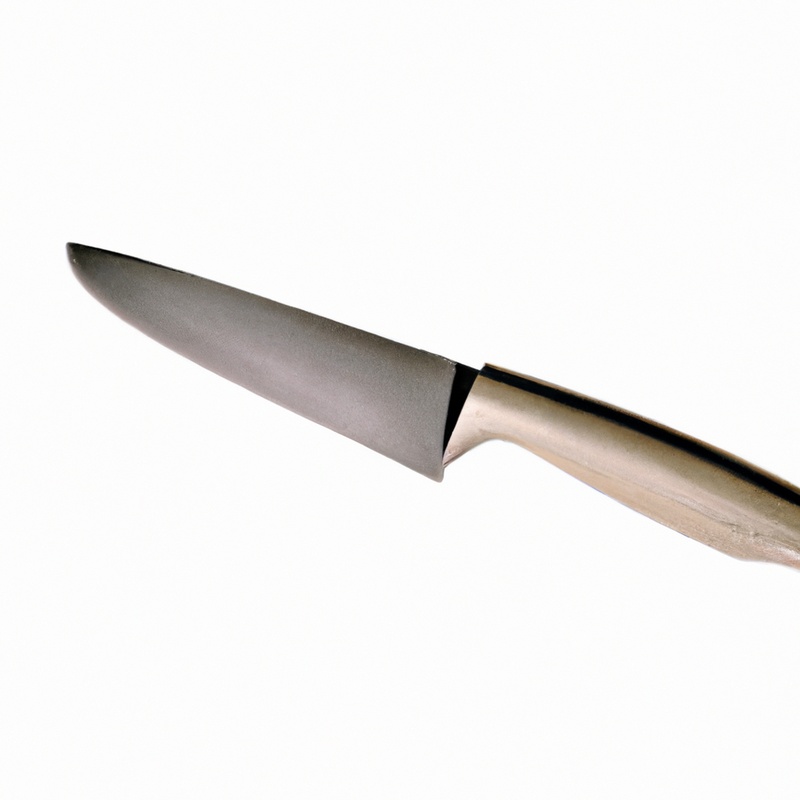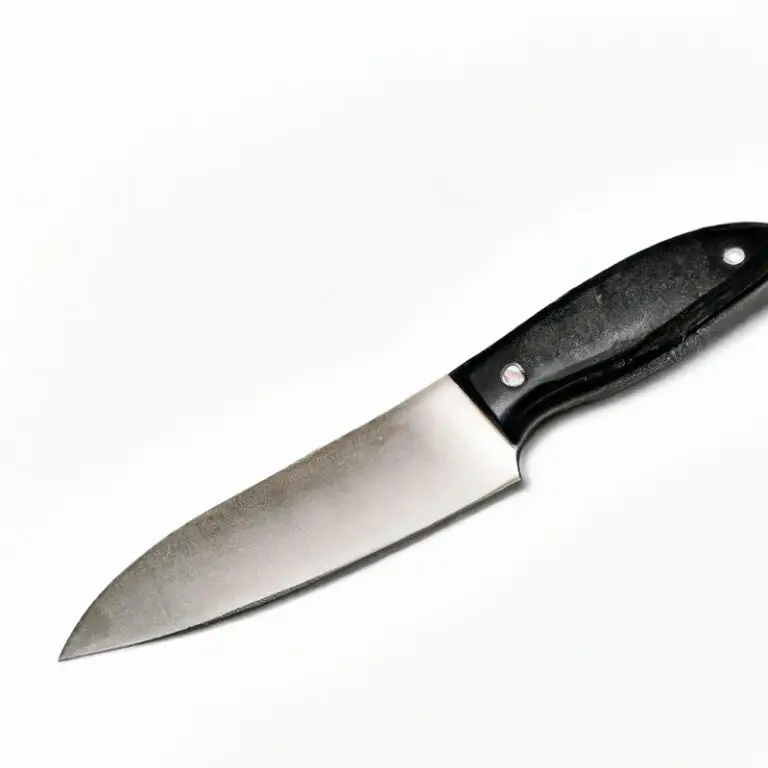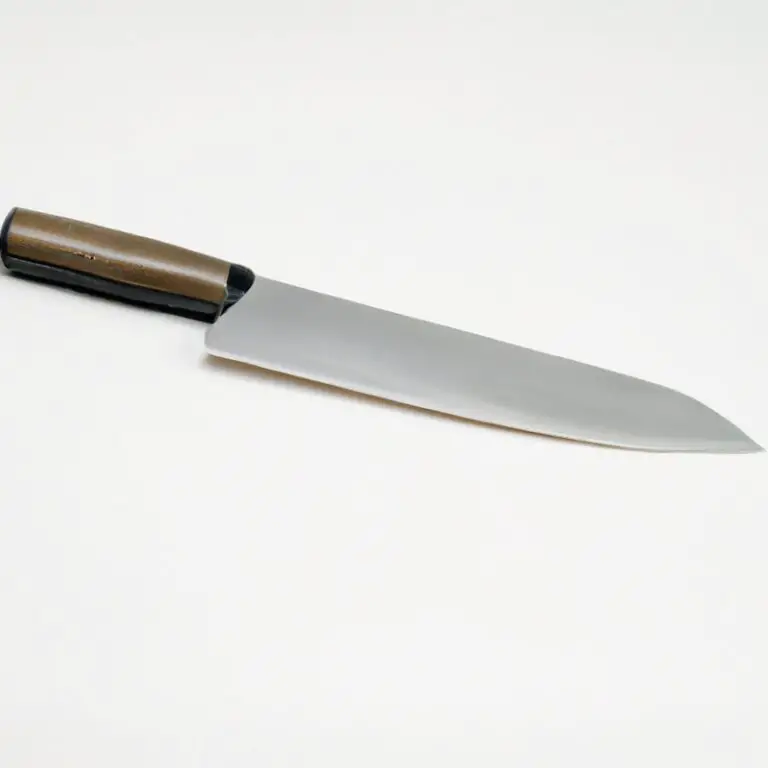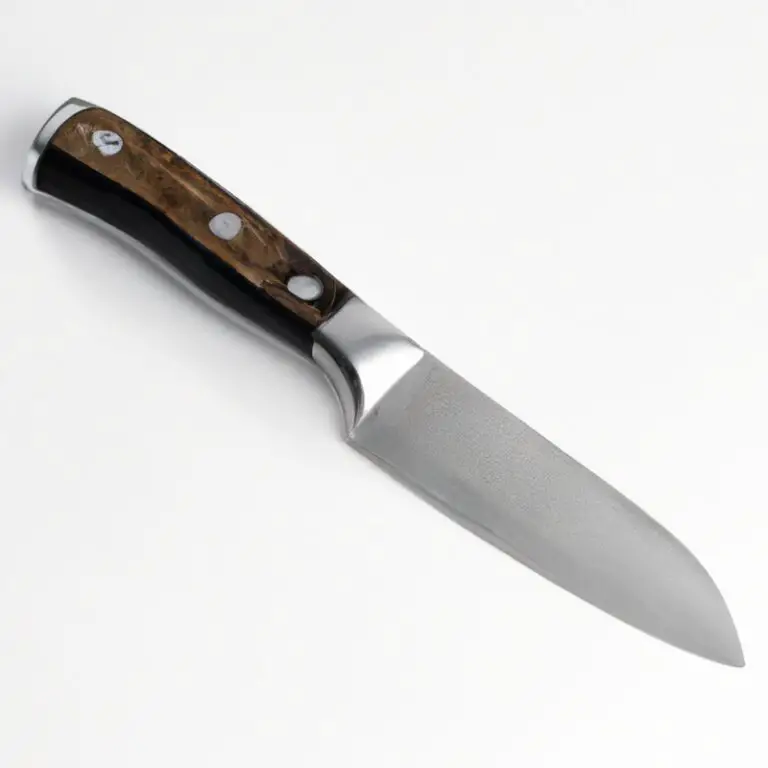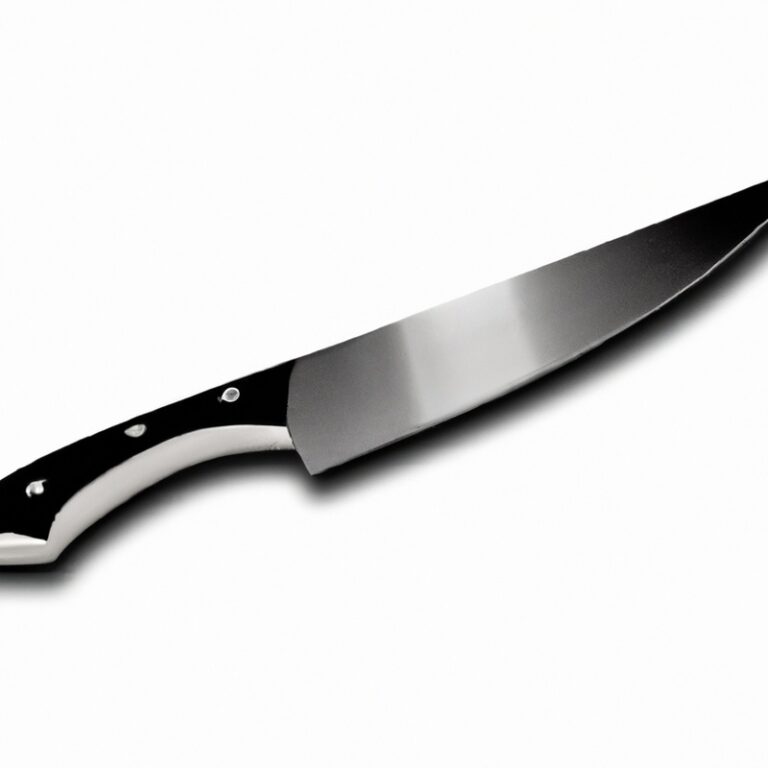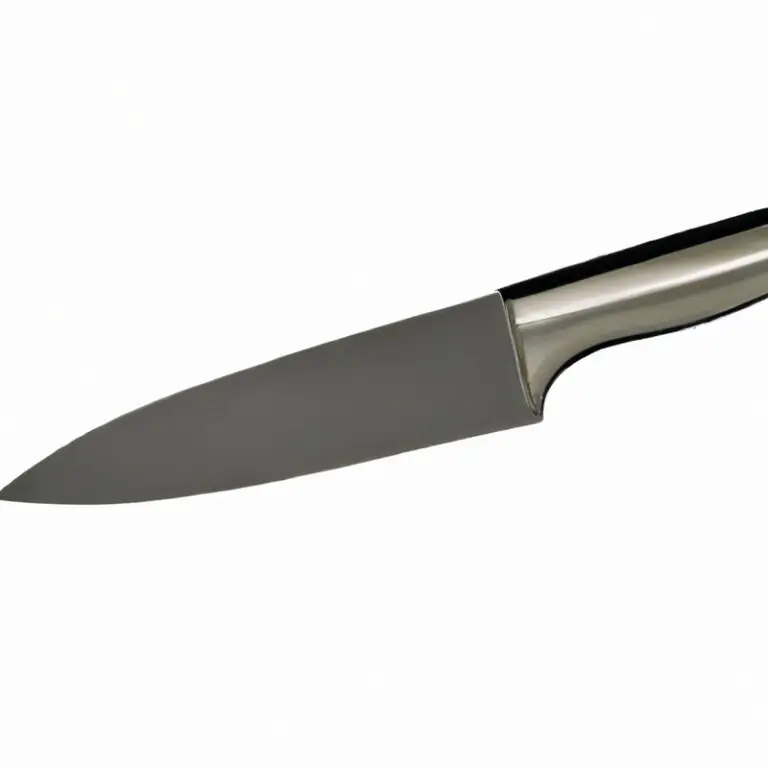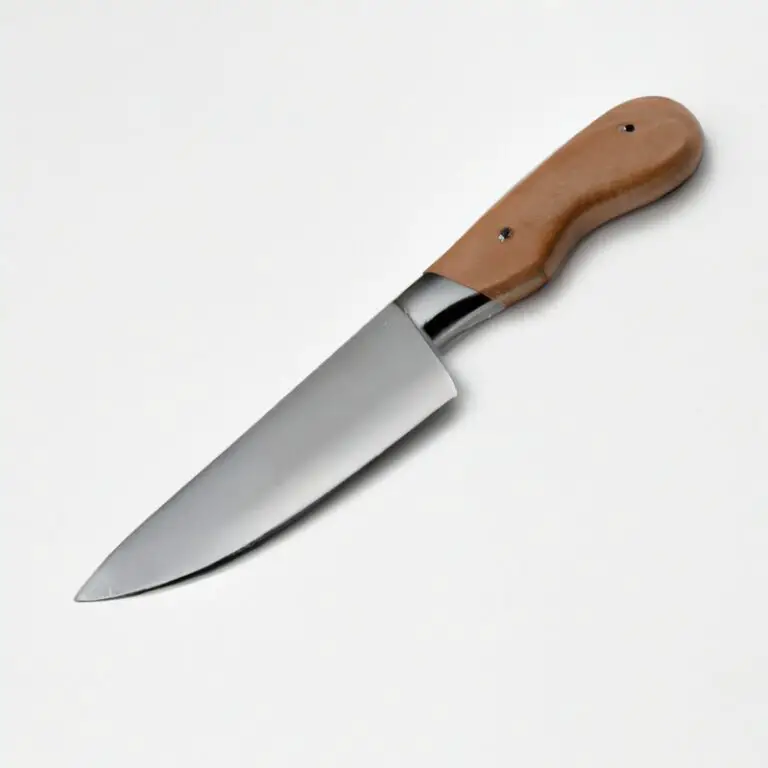How To Fillet a Sheepshead Using a Fillet Knife Like a Pro?
Key Takeaways:
- Use a sharp fillet knife to fillet a sheepshead with precision and ease.
- Locate the sheepshead’s bones and use a gentle sawing motion to remove the fillets.
- Proper filleting technique can enhance the taste and presentation of your sheepshead dish.
- Practice makes perfect when it comes to filleting, so don’t be discouraged if it takes a few tries to get it right.
Picture this: you’re out on the water, patiently waiting to reel in the perfect catch. Finally, you feel a tug on the line, and after a bit of a struggle, you’ve got a beautiful sheepshead on the line.
But now what?
If you’re not familiar with filleting fish, the thought of preparing your catch for cooking can be daunting. That’s where we come in.
In this article, we’ll guide you through how to fillet a sheepshead using a fillet knife.
From choosing the right knife to cleaning up your filleted fish, we’ve got you covered. So, let’s get started!
| Step | Description |
|---|---|
| 1 | Start by placing the sheepshead on a clean cutting board with the belly facing towards you. |
| 2 | Insert the blade of the fillet knife behind the gills and cut down towards the spine. |
| 3 | Rotate the blade, pointing it towards the tail of the sheepshead, and follow the spine down, making sure to cut through the bones as you go. |
| 4 | When you reach the tail, cut through the skin and bones to separate the fillet from the rest of the fish. |
| 5 | Flip the sheepshead over and repeat the process on the other side to remove the second fillet. |
| 6 | Once you have both fillets, use the fillet knife to cut through the rib bones and remove any remaining bones or skin. |
| 7 | Clean the fillets thoroughly and prepare them according to your preferred recipe. |
Choosing the Right Fillet Knife
Choosing the Right Fillet Knife: Choosing the right fillet knife is crucial to ensure the best results when filleting a sheepshead. A fillet knife should have a flexible blade, typically around 7-9 inches long, and a comfortable non-slip grip.
The blade should be made of high-quality stainless steel to ensure it remains sharp for longer periods.
There are two types of blades to choose from: curved or straight. A curved blade works best for filleting large fish, such as sheepshead, because it gives a smoother and faster cut through the flesh.
A straight blade is ideal for smaller fish or when filleting with precision.
Some fillet knives come with a serrated section near the base of the blade, which is helpful for scaling fish. Other fillet knives may include a sheath to protect the blade when not in use.
It’s also important to consider the weight and balance of the knife, as a well-balanced fillet knife will reduce fatigue and wrist strain during use.
Ultimately, finding the right fillet knife is a personal choice, but investing in a high-quality fillet knife is worth it for the best filleting experience and results.
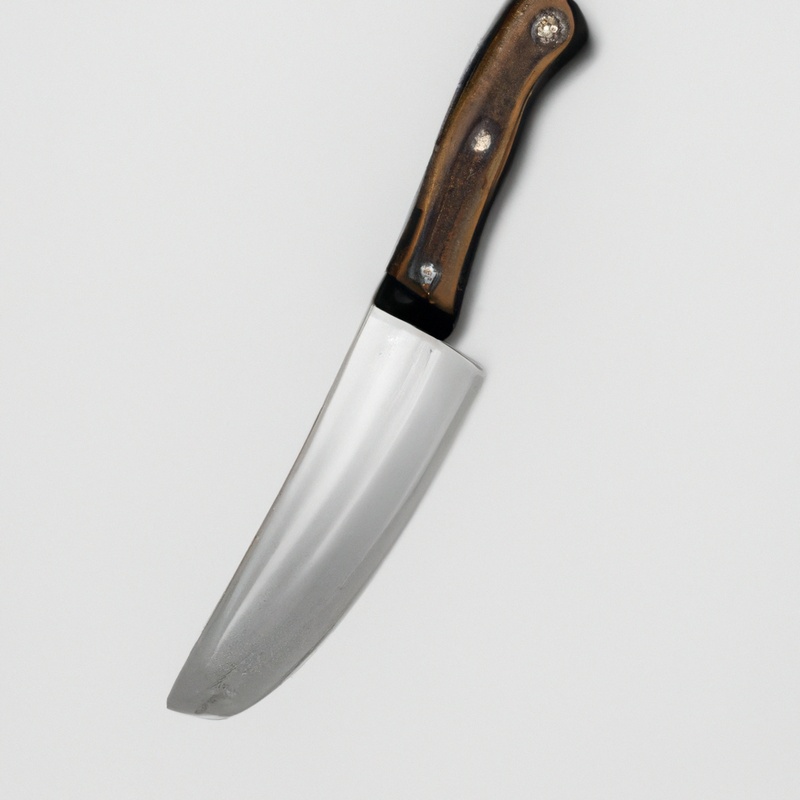
Preparing the Sheepshead for Filleting
Before you start filleting the sheepshead, you need to properly prepare it. Begin by removing all the scales from the fish’s skin.
You can do this by using a scaler or the dull side of a knife and scraping the scales from tail to head.
Next, cut off the head of the sheepshead and remove the guts. Take care not to puncture the intestines to prevent contamination.
Once the head and guts are removed, rinse the sheepshead thoroughly under cold running water to remove any remaining scales or blood.
After the sheepshead is cleaned, it’s important to locate the backbone. Using a sharp knife, make a shallow cut starting at the base of the head and going down to the spine.
Then, cut all the way through the spine behind the gills.
Finally, to help keep the sheepshead steady while filleting, use a cutting board or a flat surface to support the fish. Place paper towels or a non-slip surface underneath the cutting board to prevent it from sliding around.
Properly preparing the sheepshead before filleting can make the process much easier and ensure that you have a clean and tasty fillet.
Securing the Sheepshead for Filleting
To secure a sheepshead for filleting, start by placing the fish on a flat, stable surface. Make sure the sheepshead’s head is facing towards you.
Using a sharp knife, make an incision around the head behind the gills and cut through the backbone.
Next, press down on the tail of the fish and pull upwards firmly to separate the head from the body. After removing the head, make a cut on the belly of the fish from the head to the tail.
Set the fish on its side and flatten it with your non-dominant hand.
This will prevent the sheepshead from rolling and make it easier to fillet. To ensure your safety while filleting, use a non-skid mat or towel to prevent the fish from slipping.
And make sure to wear a cut-resistant glove on your non-dominant hand to protect your fingers.
Overall, securing the sheepshead properly is crucial to ensure a safe and successful filleting process.
Beginning the Fillet Cut
To begin the fillet cut, position the knife blade at the top of the sheepshead’s spine, just behind the gills. Make a small incision perpendicular to the spine, cutting through the skin and into the flesh.
Then, angle the blade towards the head and follow the contour of the fish’s bone structure, keeping the knife blade flush with the bones as you cut.
Continue cutting until you reach the rib bones. Turn the blade and use it to easily glide along the rib bones, separating the fillet from the spine until it reaches the tail end.
Repeat on the other side.
Removing the Fillet from the Sheepshead
Removing the fillet from the sheepshead requires precision and care to ensure you get the most meat without any bones. Once you have made the initial cut, slide your fillet knife between the flesh and ribcage and follow the bone to separate the fillet from the body.
Be sure to avoid cutting through any bones, as this can ruin the texture of the meat.
Repeat the process on the opposite side of the fish and use your fingers to feel for any remaining bones. Remove any pin bones with a pair of pliers or tweezers.
Finally, trim any excess fat or skin from the fillet before cooking to enhance the flavor.
Remember, practice makes perfect, and with a bit of patience and skill, you can remove the fillet with ease.
Trimming the Fillet for Cooking
Once you have removed the fillet from the sheepshead, the next step is to trim it for cooking. Trimming the fillet involves removing any excess skin, bones, or fins that may impede the cooking process or affect the texture and taste of the final dish.
To do this, use a sharp knife to carefully remove any skin or bones that are still attached to the fillet.
You can also use a pair of kitchen shears to trim away any fins that may be left. Be sure to inspect the fillet thoroughly to ensure that all bones and skin have been removed.
Trimming the fillet not only improves the flavor and texture of the dish but also ensures that the fillet cooks evenly.
So take your time and ensure that the fillet is trimmed to your desired shape and size before preparing it for cooking. Once the trimming is complete, you are ready to move onto the next step, which is removing the skin from the fillet.
Repeat the Process on the Other Side
Once you have successfully removed the first fillet, it is time to repeat the process on the other side of the sheepshead. Take the sheepshead and flip it over, so the other side is facing up.
Begin at the tail end and repeat the same steps as before, making the necessary cuts along the spine.
Remember to keep the knife blade flush against the bones and repeat the same movements as before. Stay patient and take it slow, making sure to avoid any bones or tough parts of the fish.
If needed, use your non-knife hand to hold onto the sheepshead to ensure stability.
Once you have finished filleting the other side, you will have two fillets that can be trimmed and prepared for cooking. With this method, you will have efficiently filleted a sheepshead using a fillet knife.
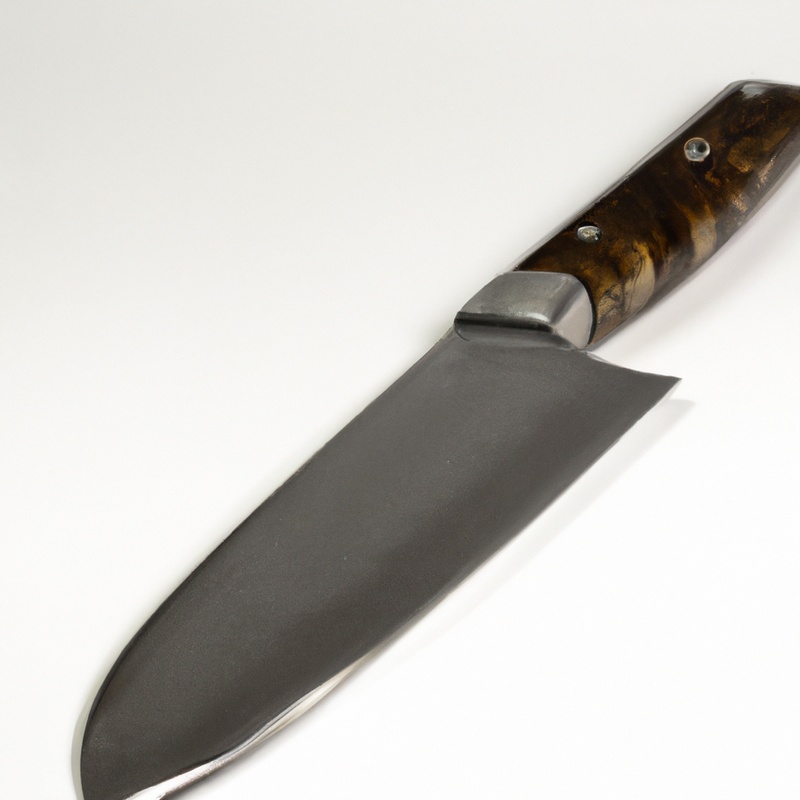
Removing the Skin from the Fillet
Removing the skin from the fillet is an essential step in preparing sheepshead for cooking. To remove the skin, start by placing the fillet skin-side down on a clean cutting board.
Then take the fillet knife and insert it between the skin and the meat.
Using a back and forth motion, work the knife along the skin, keeping it as close to the skin as possible without cutting into the meat. Once you have removed the initial section of skin, use your non-knife hand to pull the skin taut.
This will make it easier to continue removing the skin with the knife.
Always be careful not to cut into the fillet meat or leave any skin on the fillet. Practice makes perfect when it comes to removing the skin from the fillet.
With time and patience, you will get better at it.
Don’t worry if you make a mistake on your first few tries. Just keep practicing, and soon enough, you will be an expert at removing the skin from the fillet.
Cleaning Up the Filleted Sheepshead
After finishing filleting the sheepshead, it’s important to clean up properly. Begin by wiping down the fillet knife with a clean cloth or paper towel.
Next, dispose of any leftover waste, such as fish bones or pieces of skin, in a trash receptacle.
Rinse the cutting board thoroughly with soap and water and let it air dry. Finally, wash your hands with soap and warm water to remove any lingering fish odor or bacteria.
Proper clean up ensures that your workspace and equipment remain sanitary, preventing any cross-contamination with other foods.
Tips for Maintaining Your Fillet Knife
To ensure your fillet knife lasts for years to come, it’s essential to take good care of it. Here are some tips for maintaining your fillet knife:
- Clean your knife thoroughly after each use. Use a mild detergent and warm water to wash, then dry with a towel immediately.
- Sharpen your fillet knife regularly. A dull knife will make the filleting process more difficult and will be harder on the fish.
- Store your fillet knife in a dry area, ideally in a sheath or blade guard to prevent damage.
- Avoid using your fillet knife for anything aside from filleting fish.
- Use a honing steel for maintenance between sharpenings.
By following these simple tips, you can keep your fillet knife in good condition and enjoy years of successful filleting.
Final Verdict
Filleting a sheepshead using a fillet knife requires proper knowledge, skills, and tools. Choosing the right fillet knife, securing the sheepshead, and beginning the fillet cut are crucial steps in achieving a desirable outcome.
Removing the fillet from the sheepshead, trimming it for cooking, and removing the skin should also be executed carefully to avoid waste and damage.
Repeat the process on the other side, and remember to clean up the filleted sheepshead properly. Maintaining your fillet knife is also essential to ensure its longevity and efficiency, allowing you to continue filleting with ease.
By following these steps and tips, you can become more confident in filleting a sheepshead using a fillet knife.
Remember to always prioritize safety and precision in every step. Happy filleting!

